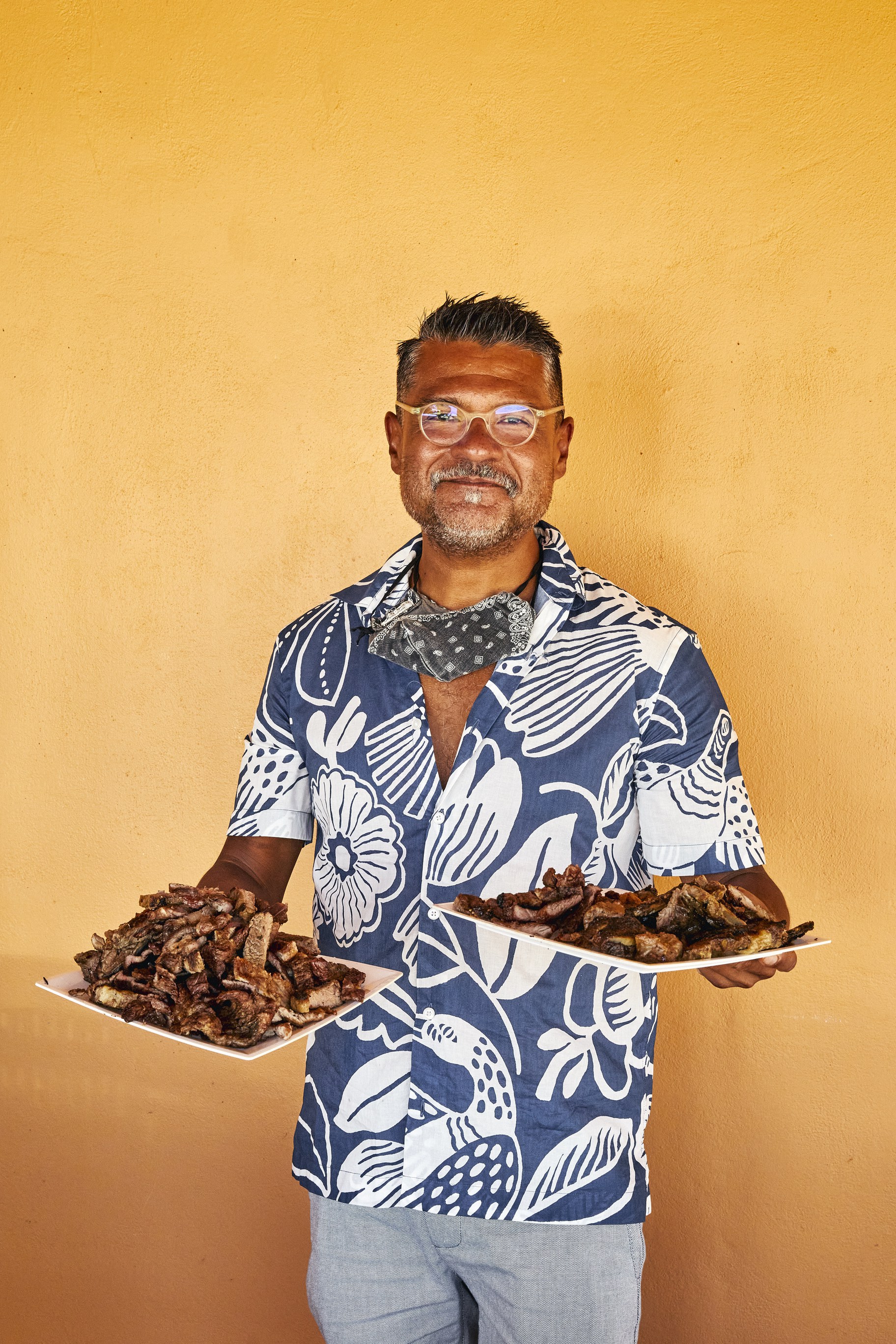Hot cross buns, leg of lamb, spring peas, and glazed ham are a few traditional dishes served during Easter in the U.S. In Mexican Catholic households, capirotada is presented. A bread pudding that is served during Lent, author and cook Rick Martínez admits that he wasn’t a fan of the version with white bread and American cheese served in his 1970s childhood home in Austin.
As he traveled to research his upcoming book “Mi Cocina: Recipes and Rapture from My Kitchen in Mexico,” Martínez discovered regional versions of capirotada in panaderias. Bread is the main component of the dish and he found conchas, pan dulces, and bolillos (a Mexican-style French roll) are often used, but other ingredients including fruits, nuts, and seeds are location-dependent. Tropical fruits like pineapple, mangoes, and papaya appear in versions in the south. And the piloncillo, a dark brown sugar used for the syrup, is replaced with a milky version in the north.
Martínez says the ingredients are steeped in Catholicism with all of the components representative of the Lenten season — the bread symbolizing the Body of Christ, the syrup representing the Blood of Christ, the cinnamon and cloves stand in for the cross and nails used in the crucifiction, and the cheese on top evokes the shroud.
He shares his version of the capirotada de leche, which incorporates dried peaches and toasted almonds.

Author and cook Rick Martínez admits he disliked the white bread and American cheese version of capirotada he grew up with in Austin. Photo by Ren Fuller.

“Mi Cocina: Recipes and Rapture from My Kitchen in Mexico” is available this May. Photo courtesy of Clarkson Potter.
